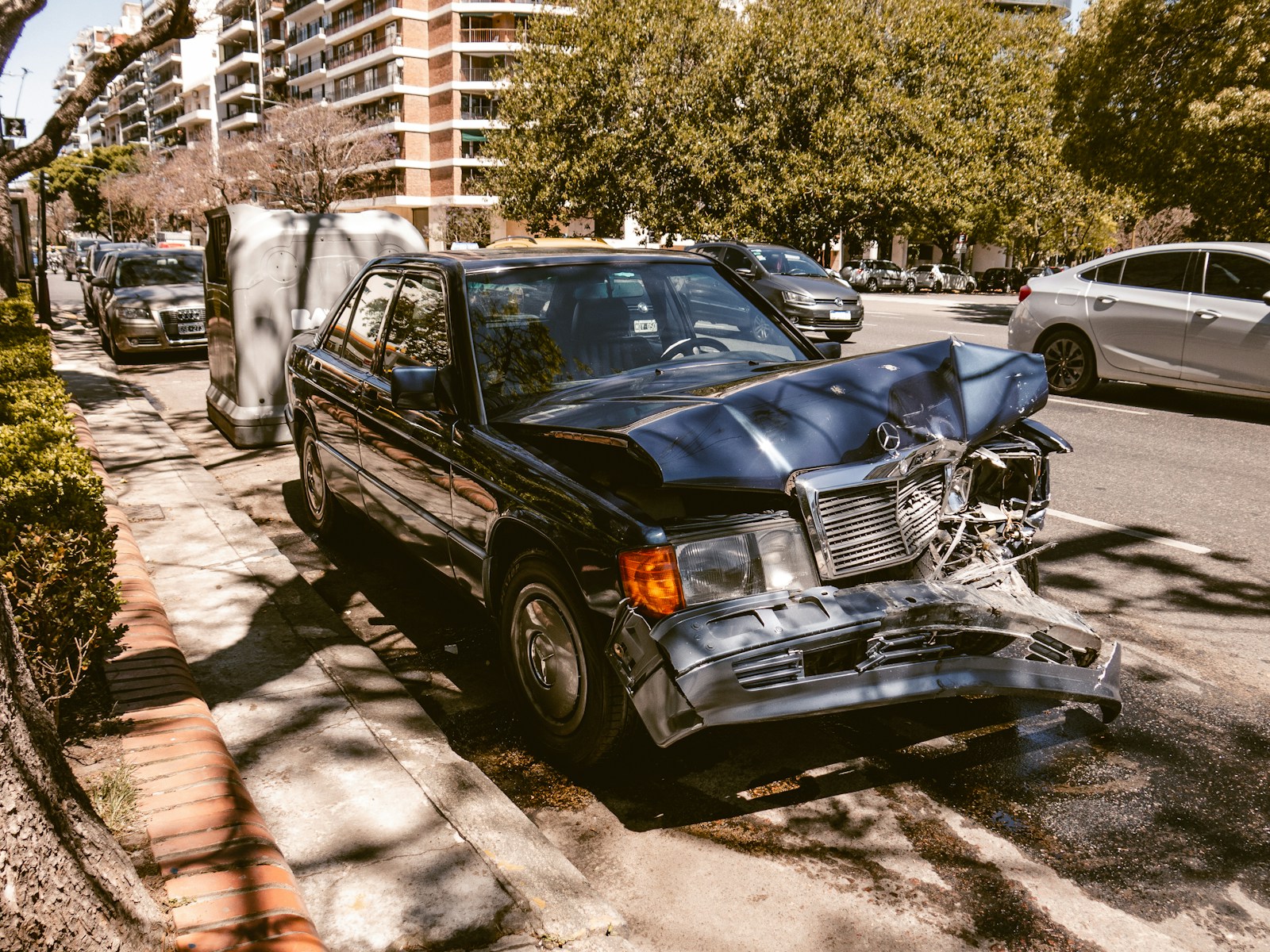Supreme Court Split Multiplier Motor Accident Compensation 2025: Superannuation Not Exceptional Circumstance

The Supreme Court of India has delivered a landmark judgment that restores uniformity and certainty to motor accident compensation calculations, decisively rejecting the controversial “split multiplier” concept that had created widespread confusion across High Courts. In Preetha Krishnan & Ors. vs. United India Insurance Co. Ltd. & Ors. (2025 INSC 1293), a Bench comprising Justice Sanjay Karol and Justice Prashant Kumar Mishra ruled that superannuation from service cannot be treated as an exceptional circumstance warranting a reduction in compensation through a split multiplier approach. The decision, rendered on 6 November 2025, not only enhances the compensation for the victim’s family but also issues a clear directive to all High Courts and tribunals to abandon this legally flawed methodology.
The case originates from a tragic motor vehicle accident on 3rd August 2012, when T.I. Krishnan, a 51yearold Assistant Engineer employed with the Public Works Department, was driving his car along the PalaThodupuzha Road in Kerala. A rashly driven bus collided with his vehicle, inflicting fatal injuries. Krishnan left behind his wife and children, who filed a claim petition under Section 166 of the Motor Vehicles Act, 1988 before the Motor Accidents Claims Tribunal at Pala. The claimants sought Rs. 60,00,000 in compensation, establishing that the deceased earned Rs. 47,860 per month.
The Tribunal, through its order dated 2nd April 2014, assessed the loss and awarded Rs. 44,04,912 to the claimants. It determined the deceased’s actual income as Rs. 45,408 per month after tax deductions. Since Krishnan was 51 years old, the Tribunal applied a 15% enhancement for future prospects, made a standard one fourth deduction towards living expenses, and used a multiplier of 9, factoring in the claimants’ independent financial status. The award included Rs. 1,00,000 for loss of consortium, Rs. 25,000 for funeral expenses, Rs. 40,000 for loss of love and affection, and Rs. 5,000 for loss of estate, carrying interest at 7.5% per annum from the date of filing.
The insurance company and the claimants both challenged this award before the Kerala High Court. In a judgment dated 28th June 2024, the High Court partly allowed the appeals but introduced a significant distortion by applying the “split multiplier” concept. It reduced the compensation under loss of dependency from Rs. 42,29,712 to Rs. 35,10,144, reasoning that the deceased would superannuate in four years and his income would drop by approximately 50% post retirement. While the High Court enhanced certain conventional heads raising loss of consortium and loss of love and affection to Rs. 1,60,000 and loss of estate to Rs. 15,000it simultaneously reduced funeral expenses to Rs. 15,000. The net result was a substantial deduction in total compensation. The claimants’ review petitions, filed as RP Nos.1165 and 1187 of 2024, were dismissed on 27th November 2024, with the High Court asserting that recorded reasons justified the split multiplier approach.
Before the Supreme Court, the appellants vehemently argued that the High Court had committed a fundamental error in applying the split multiplier without considering the deceased’s qualifications and professional experience. They contended that a government engineer of Krishnan’s stature could easily secure lucrative postretirement employment in the private construction sector, making any assumption of income reduction speculative and unjust. The appellants stressed that superannuation is a natural life event, not a disability or exceptional circumstance warranting penalization through reduced compensation. They urged the Court to recognize that the High Court’s approach effectively punished the deceased’s professional achievements.
The respondents, comprising the insurance company, implicitly defended the High Court’s reasoning. They maintained that retirement naturally diminishes earning capacity and that the split multiplier reflects realistic financial prospects after service cessation. Their stance aligned with the High Court’s view that superannuation constitutes a valid basis for income adjustment.
The Supreme Court framed the core issues around the legal validity of the split multiplier doctrine: whether superannuation qualifies as an exceptional circumstance permitting its application, whether the High Court’s reasoning constituted the “cogent reasons” mandated by precedent, and whether this approach comported with the structured compensation methodology established in landmark judgments.
The Court anchored its analysis in Section 166 of the Motor Vehicles Act, 1988, and foundational precedents. It extensively relied on Sarla Verma v. DTC (2009) 6 SCC 121, which revolutionized compensation calculation by prescribing age based multipliers and explicitly warning against using balance years of service as a substitute. The Constitution Bench in National Insurance Co. Ltd. v. Pranay Sethi (2017) 16 SCC 680 provided the comprehensive framework for future prospects and conventional heads, including the mandatory 10% enhancement every three years under conventional heads. Critically, Sumathi v. National Insurance Co. Ltd. (2021) SCC Online SC 3697 held that split multiplier could only be invoked in exceptional circumstances with specific recorded reasons, and superannuation alone does not qualify. The Court also referenced N. Jayasree v. Cholamandalam MS General Insurance Co. Ltd. (2022) 14 SCC 712, which rejected split multiplier for a 52 year old, reinforcing that age is the sole criterion for multiplier selection.
The Court’s analysis expressed deep concern over the chaotic divergence among High Courts regarding split multiplier application. Justice Karol, writing for the Bench, highlighted a troubling table of contradictory judgments even within single High Courts, where Division Benches applied the concept while Single Judges rejected it, and vice versa. This inconsistency, the Court observed, violates judicial discipline and leaves tribunals without coherent guidance, resulting in arbitrary variations in compensation awards.
The Supreme Court held that superannuation is a natural progression of life, not an extraordinary or cogent circumstance justifying deviation from the standard multiplier method. It emphasized that the “rule of thumb” in Pranay Sethi using age as the determinant leaves no room for speculative split multiplier calculations about post-retirement income. The Court clarified that compensation under the Motor Vehicles Act is beneficial legislation where certainty and uniformity are paramount. Introducing split multiplier based on retirement assumptions injects unwarranted speculation and inconsistency, defeating the structured approach designed to avoid arbitrary disparities. The High Court’s additional failure to grant the mandatory 10% triennial enhancement under conventional heads, as directed in Pranay Sethi, compounded its legal error.
After comprehensive analysis, the Supreme Court allowed the civil appeals and set aside the split multiplier approach. It recomputed compensation by taking the deceased’s monthly income as Rs. 45,408, adding 15% future prospects, applying the standard one fourth deduction, and using the correct multiplier of 11 (prescribed for ages 51- 55). This yielded Rs. 45,95,294 for loss of dependency. To this, the Court added Rs. 18,150 for loss of estate, Rs. 15,000 for funeral expenses, and Rs. 1,45,200 for loss of consortium, determining total compensation at Rs. 47,76,794, interestingly, exceeding even the Tribunal’s original award. Interest was ordered as per the Tribunal’s award.
The Court directed the insurance company to deposit the amount directly into claimants’ bank accounts by 30th November 2025. Recognizing the need for orderly transition, it clarified that its observations on split multiplier apply prospectively and will not disturb past judgments. In a significant administrative direction, the Registrar (Judicial) was ordered to circulate this judgment to all High Courts and Motor Accident Claims Tribunals, effectively signaling the end of the split multiplier anomaly in motor accident compensation jurisprudence.
This judgment serves as a masterclass in legal consistency and statutory interpretation. By eliminating the split multiplier, the Supreme Court has removed a major source of uncertainty that plagued motor accident compensation for years. It reinforces that under beneficial legislation, courts must prioritize predictability and fairness over speculative economic modeling. The directive to circulate the judgment ensures that tribunals nationwide align with this clarified position, promising more uniform and just compensation for victims’ families. For insurers and claimants alike, the message is clear: age remains the sole determinant for multiplier, and retirement cannot be weaponized to reduce rightful compensation.
For further details write to contact@indialaw.in
By entering the email address you agree to our Privacy Policy.



